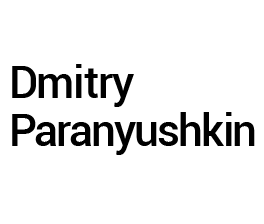Fractal Sequencer @ CCC | 12/2023
For the occasion of the 37th Chaos Computer Club hacker conference, I created an online fractal MIDI sequencer that produces irregular beat patterns and melodies. It works really well for creating organic textures for moving and resting and working and living. Can connect to any internal MIDI device (the examples below are made with GarageBand which is available on any Mac) or with an external synth / drum machine. This tool is best suitable for exploring and cultivating non-linear dynamical patterns in time and space. Many natural systems have fractal properties: a certain principle is replicated across different scales. In the context of time, this means that no matter how short or how long we're going to be exposed to something, we will observe a similar pattern of change. And the longer we observe, the bigger the variability will be. This MIDI sequencer is available on fractalbeat.live and it was created on the basis...
Continue Reading